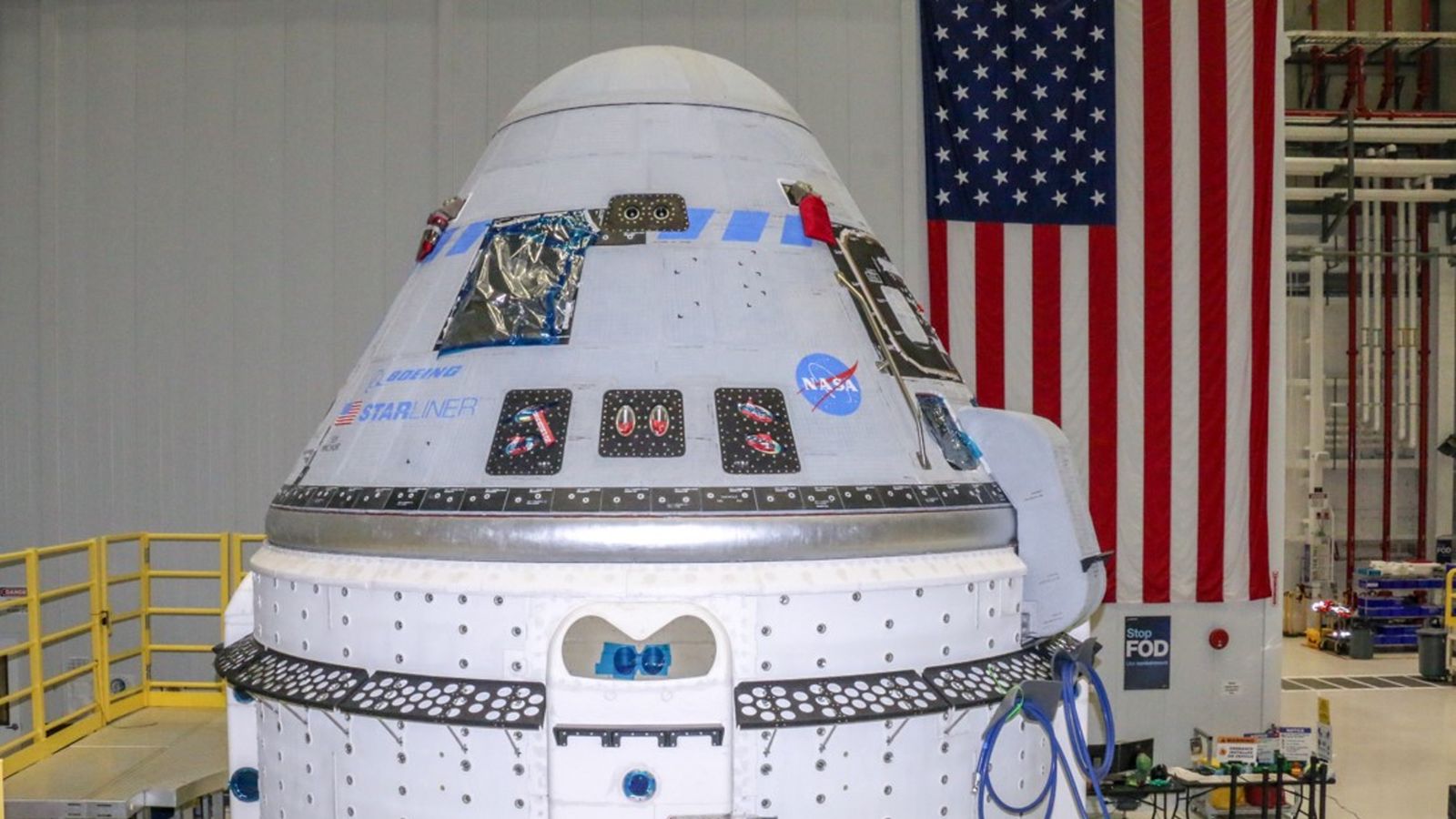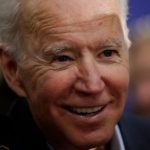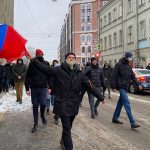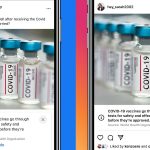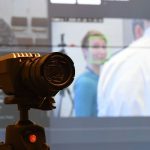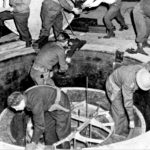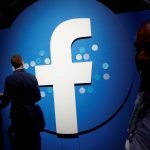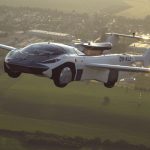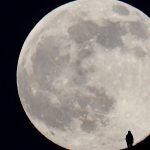Boeing’s second attempt at an uncrewed test flight of its new Starliner capsule to the International Space Station has been scrubbed due to an “unexpected valve” problem.
The resupply mission was intended to demonstrate that the spacecraft works, but instead the delay will pile the pressure on the embattled company following the failure of its previous launch attempt and the successes of rival SpaceX.
Starliner’s first orbital test in 2019 ended with the capsule failing to rendezvous with the ISS due to a software problem, although it successfully landed back on Earth two days later.
Please use Chrome browser for a more accessible video player
It follows a successful SpaceX launch for NASA back in May 2020 which saw astronauts travel into space from US soil for the first time since the space shuttle programme was retired.
Both the SpaceX mission and Boeing’s test of the Starliner capsule are being undertaken as part of NASA’s commercial crew programme, enlisting private companies to enable the space agency to send astronauts to the ISS.
In a statement Boeing said it is “working to understand the source of the unexpected valve position indications in the propulsion system”.
It follows the postponement of an earlier launch date for Starliner’s second mission back in March.
The new issue was detected during a check after electrical storms passed over the Kennedy Space Centre at Cape Canaveral in Florida – America’s primary launch site due to its proximity to the ocean and the speed boost rockets receive from the rotation of the Earth.
Engineering teams have “ruled out a number of potential causes, including software,” said Boeing, but the additional time needed to complete the checks has meant that the target launch date has been scrubbed.
“We’re going to let the data lead our work,” said John Vollmer, vice president and program manager for Boeing’s Commercial Crew Program.
“Our team has worked diligently to ensure the safety and success of this mission, and we will not launch until our vehicle is performing nominally and our teams are confident it is ready to fly.”
As a result of the failure in 2019, Boeing asked to attempt a second mission with NASA and will be paying the entire cost of the supply run – an estimated $410m (£297m).
Following the end of the Space Shuttle programme in 2011, NASA has depended entirely on Russia’s space agency Roscosmos to send its astronauts to the ISS.
In addition to supplies and equipment, also travelling on the Starliner capsule will be a dummy named Rosie the Rocketeer, strapped in the commander’s seat with the aim of maintaining the spacecraft’s centre of gravity.
Rosie will be dressed in Boeing’s bright blue spacesuit, the same one astronauts will wear when they are flying on the Starliner.
NASA has already selected the first two groups of astronauts who will travel to the International Space Station on the Starliner when it is cleared for operation.
Mike Fincke, Nicole Mann and Barry “Butch” Wilmore are set to become the first astronauts to take part in the Crew Flight Test mission, essentially a demonstration proving Boeing’s ability to take astronauts to the ISS and bring them back safely.
After that test flight, astronauts Sunita Williams, Josh Cassada and Jeanette Epps will form the crew for Boeing’s first-ever operational crewed mission to the ISS.
